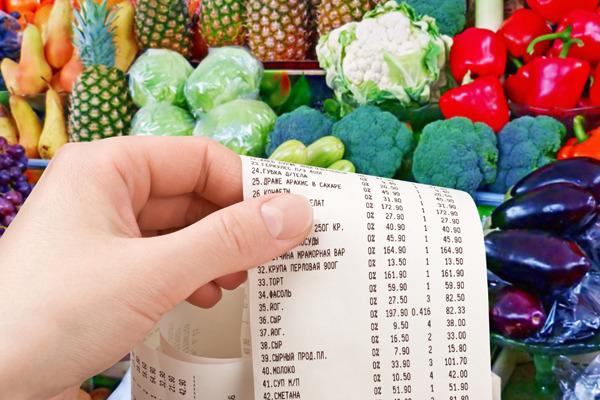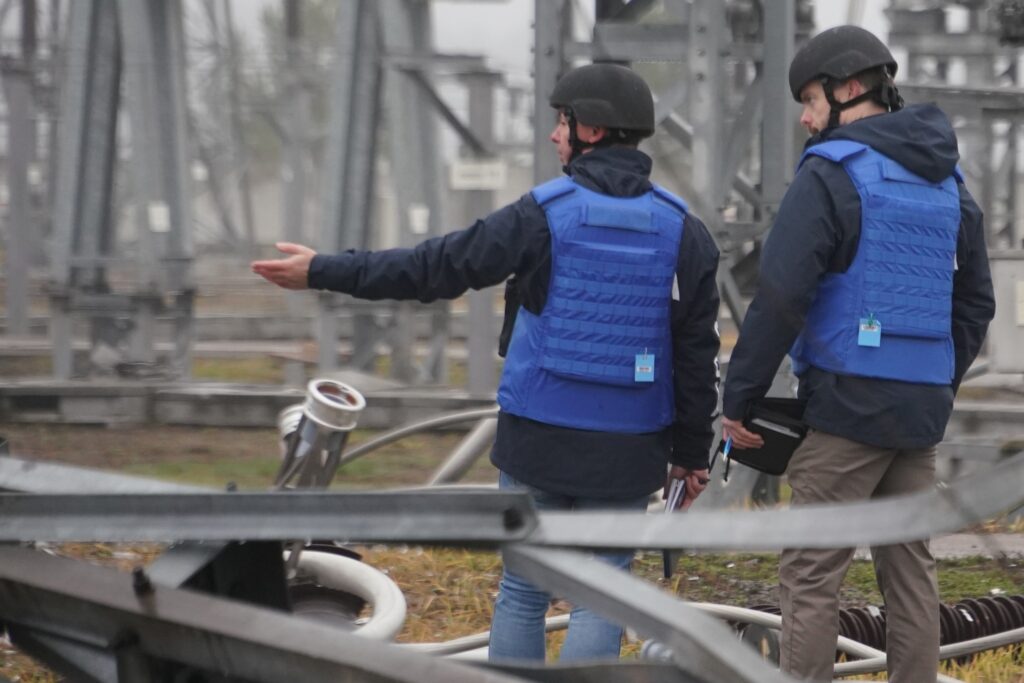Why prices are rising and tariffs are stagnant: an expert explains
26 May 17:56 OPINION
OPINION
Inflation in Ukraine continues to be significant, but its structure is not uniform.
Thus, over the year, food prices in Ukraine increased by up to 270%. Vegetables suffered the most due to the drought and poor harvest in 2024. General inflation reached 15.1%, while food inflation was almost 20%, according to the State Statistics Service.
As economist Oleh Pendzin explained in an interview with Ukrainian media, the price increase is most noticeable in the food segment.
“Inflation is an index of consumer price growth. If we say that inflation is conditionally 15%, it means that on average all prices have risen by 15%,” the expert emphasized.

However, average figures often do not reflect the real picture of Ukrainians’ spending. According to Pendzin, the consumer basket is conditionally divided into three main blocks: food, industrial goods, and services. And it is in the first category – food – that the highest price increases have been recorded.
During the current inflationary processes, we see that the food basket has increased in price by 20%. This is the most significant increase among all categories,” the analyst emphasizes.
“For comparison, while the overall inflation rate in 2024-2025 hovers around 15%, the rise in food prices is much higher than this.
At the same time, there is a reverse trend – a number of prices in the tariff structure have remained unchanged. This is due to government regulation of the energy and services market.
The price of gas for households remained unchanged. Accordingly, inflation is zero. The same is true for water tariffs and partly for housing and communal services,” Pendzin said.
But is the current 20% inflation rate for food a critical indicator?
According to the expert, no. He recalled that in 2022, the first year of the full-scale invasion, inflation reached 27%, and the rise in food prices reached the same 20%. That is, the situation, although difficult, is not unprecedented.
However, the economist emphasizes that given that Ukrainians spend the lion’s share of their income on food, even a slight increase in this segment hits household budgets harder than the overall inflation index.
According to analysts, the upward trend in food prices will continue in the future, as both seasonal factors and the cost of logistics and energy for producers have an impact. Therefore, despite the containment of utility tariffs, the real sense of inflation for consumers may be much higher than official statistics.
Read also: The NBU’s forecast is traditional: inflation is growing, but will soon start to decline
Prices are rising: annual inflation in Ukraine has reached its highest level since 2023
In April 2025, annual inflation in Ukraine amounted to 15.2%, the highest since the spring of 2023.
Such dynamics has already caused concern among both consumers and economists, as it signals an increase in price pressure in a difficult economic situation.
In April 2025, the highest inflation rates were recorded for eggs (74.6%, accelerating from 44.7% in March), electricity (63.6%, stable due to the tariff increase in June 2024), and vegetables (35.8%, accelerating from 32.3% in March).
In April, core inflation was 0.4% for the month, but slowed to 12.1% year-on-year, the first time this figure has declined in 14 months.
The main reasons for the growth
First of all, inflation was pushed up by the rapid rise in food prices. According to official data from the State Statistics Service, food prices rose by 1.8% in April compared to March. Pork (7.9%), fruit, poultry, sugar and bread were the most expensive products. Newly harvested vegetables, such as cabbage and cucumbers, also saw a significant rise in prices due to the delayed start of the season.
Prices for alcoholic beverages and tobacco products increased by 1.3% due to a 2.2% rise in tobacco prices. Transportation services fell by 0.3% due to a 2.2% decline in fuel and oil prices, although road and rail fares increased by 0.9% and 0.8%, respectively.
In addition, rising business costs, including electricity, logistics, and labor, forced manufacturers and suppliers to reconsider their pricing policies. At the same time, strong consumer demand, especially in large cities, remained a factor supporting price growth.
Another important factor was the weakened hryvnia. This raised prices for imported goods and components, which affected the cost of production, even for Ukrainian goods.
Читайте нас у Telegram: головні новини коротко









